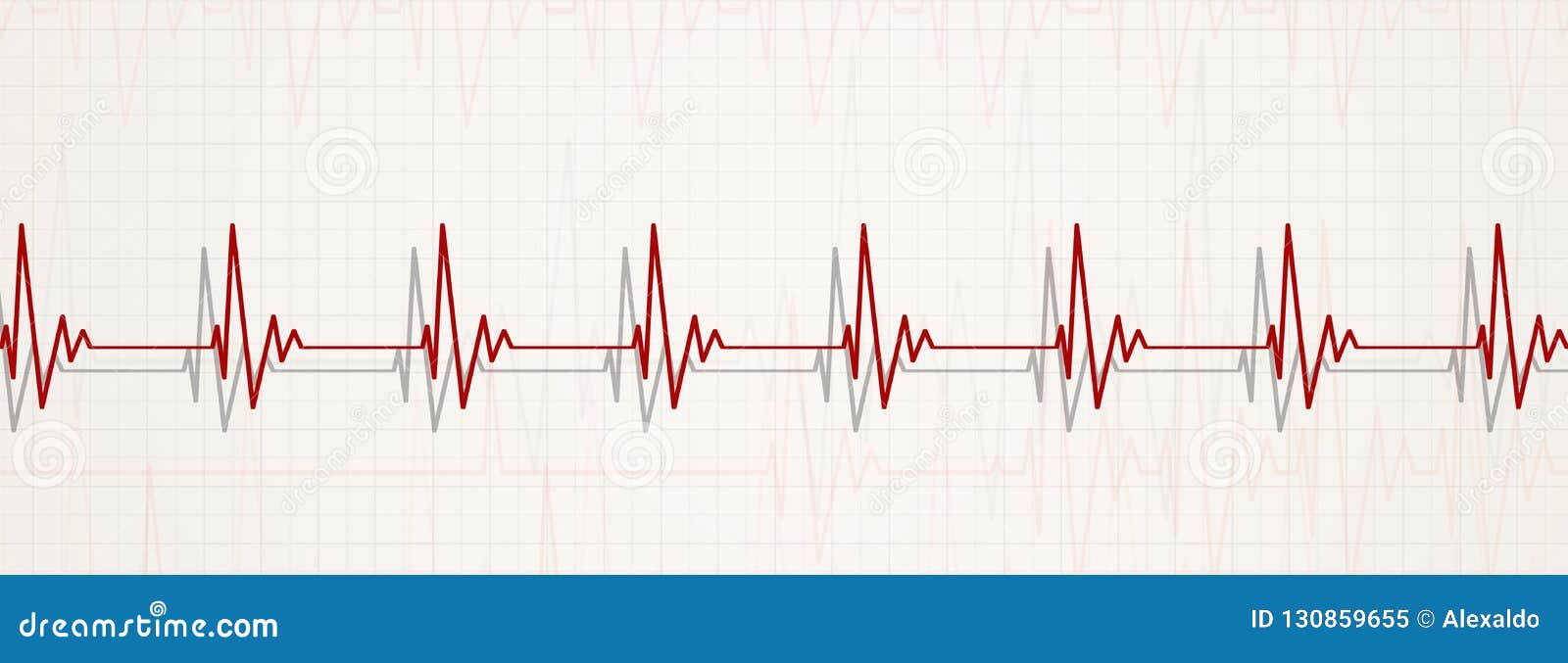

While not one exercise can magically reduce your resting heart rate, some are better than others for improving heart health. Body size doesn’t have a huge impact on pulse overall, but if a person is obese, they might see a higher resting pulse than normal, but usually not more than 100. Weighing too much or too little can elevate a person’s resting heart rate. Fitbit data shows a correlation between RHR and Body Mass Index (BMI). Other factors that affect your resting heart rate are: air temperature (high temps and humidity can increase pulse), body position (BPMs can go up right when you stand up), and medication, such as beta blockers that block adrenaline and can slow the pulse. Prolonged stress can also cause resting heart rate to creep up, and the associated increase can result in a higher risk of heart attacks and stroke. So aim for at least seven hours of sleep each night. Chronic sleep deprivation-which can lead to fatigue, a lower metabolism, and extra snacking-can raise the RHR. Women ages 40-49 have the highest average RHR of all users at 67.4 BPM, while men ages 40-49 have the highest average RHR among males at 64.6 BPM.īe aware of the factors that can affect your heart rate. Women have a higher average RHR than men by about 3 beats per minute (BPM). The same Fitbit data analysis also shows the differences in resting heart rate by gender. Resting heart rate data analysis by age and gender (Graphic: Business Wire) So with one of the most extensive, longitudinal databases on heart rate metrics in the world, Fitbit data provides interesting insights, including this: male and female users’ RHR increased with age from 20s to the 40s, then decreased after age 40. Fitbit has tracked more than 108 billion (yes, billion!) hours of heart rate data from 4 million active users. Medical experts also agree that a lower resting heart rate can indicate more efficient heart function and cardiovascular fitness, as highly conditioned athletes typically have a resting heart rate of 40 to 60 bpm. The American Heart Association notes that a normal resting heart rate ranges from 60 to 100 beats per minute (bpm) for adults.

The ability to track resting heart rate with Fitbit devices allows you to know if your resting heart rate falls within an “average” range. Here are seven resting heart rate facts and stats:

Tracking your real-time heart data, including changes in your resting heart rate, just might save your life. Poterack’s orders and learn more about RHR, why it is important to track, what factors can alter it, and how everyone in the family (no matter what age) can improve overall heart health with exercise. So in our continuing focus on matters of the heart for February’s American Heart Month, let’s follow Dr. But he noted that having resting heart rate (RHR) information can be useful–especially for the patient, who can use their digital data to monitor their heart health and alert doctors to changes. Karl Poterack, Medical Director of Applied Clinical Informatics at the Mayo Clinic, said that clinicians often don’t take the time to utilize health data collected from a person’s wearable fitness device. If you have any questions following your treatment or about your heart at any time, contact your doctor immediately.At the recent HIMSS 2019 medical conference, Dr. It’s important to learn to monitor your own heart rate at resting and during exercise so that you have a baseline to refer to when checking your pulse. If you’re experiencing a change in your heart rate after open heart surgery, you will want to discuss your heart rate and blood pressure with your doctor. Your vital signs are the best indicator of your overall heart health. It may indicate a weakness in your heart, atrial fibrillation, or very early ectopic beats. A pulse deficit happens when your heart is beating but the pulse isn’t reaching the extremities. Pulse DeficitĪ pulse deficit occurs when your doctor can find a difference between the number of heartbeats observed with a monitor (like a stethoscope or EKG) and the pulse that’s able to be felt at the wrist or other pulse point. An “average” is what’s normal for most people in the general population. It’s important to check with your doctor to ensure your vital signs are where they should be for you. Can change after a surgery or under continuing stress.


 0 kommentar(er)
0 kommentar(er)
